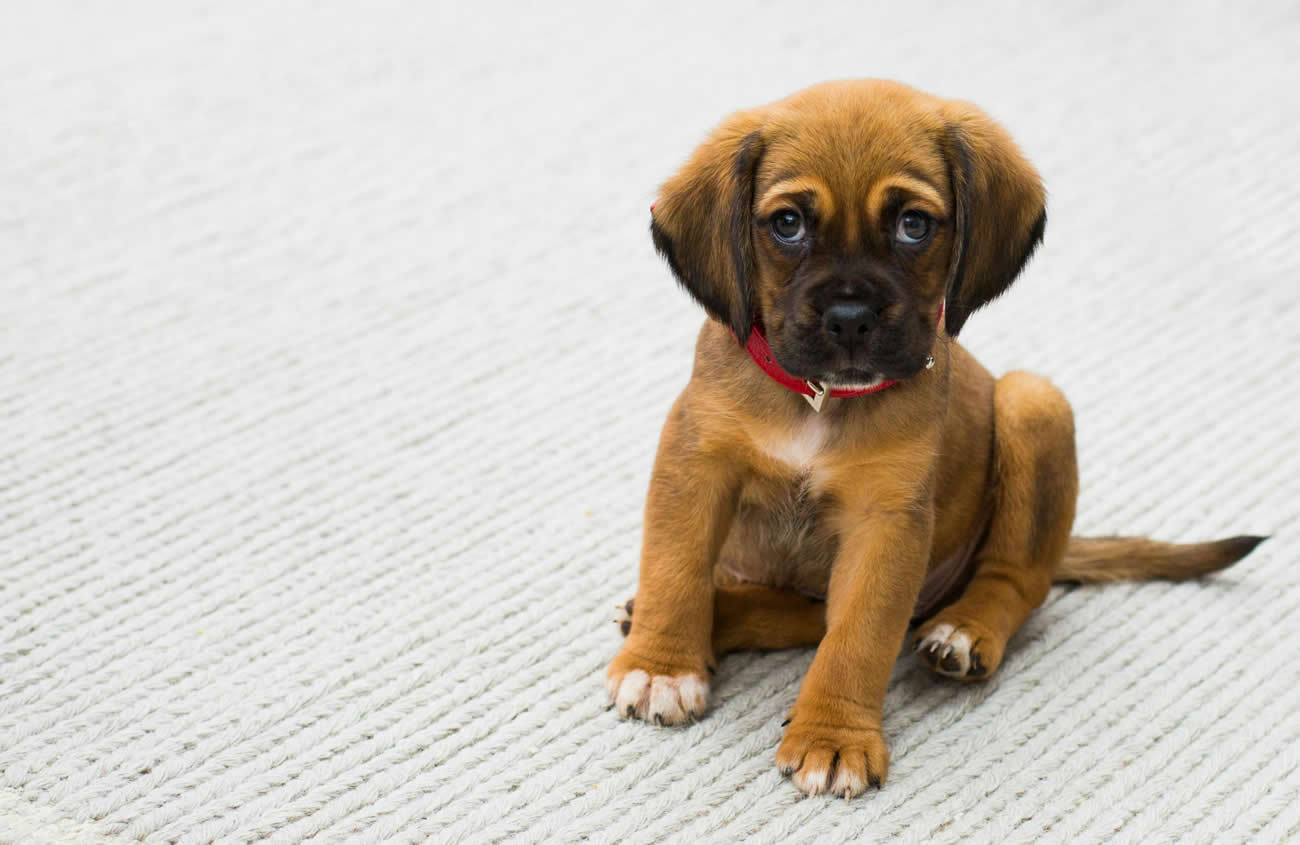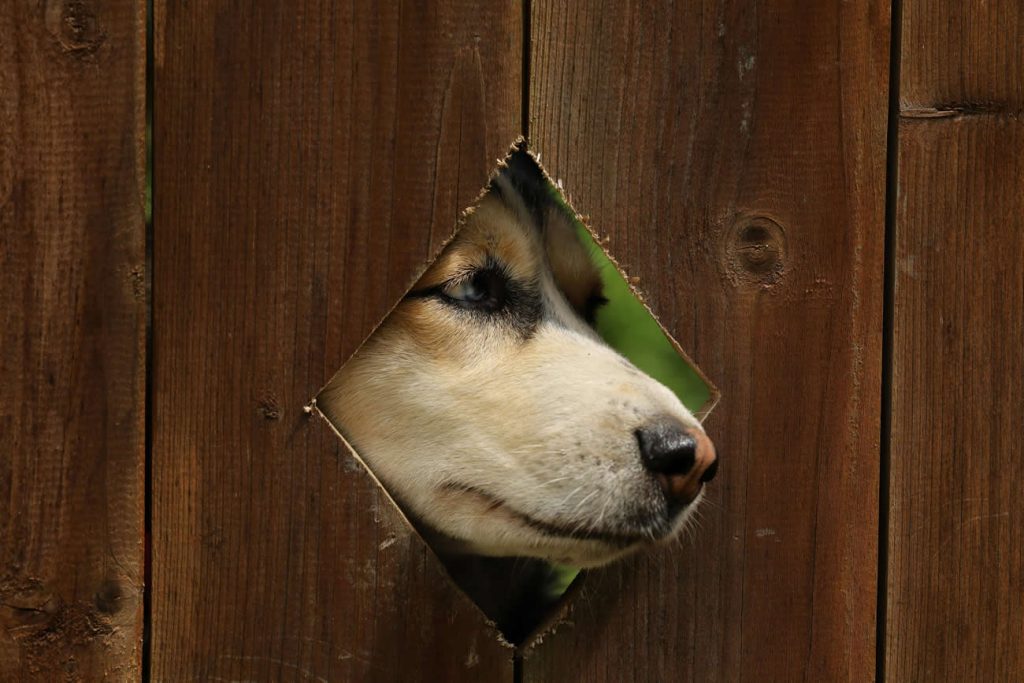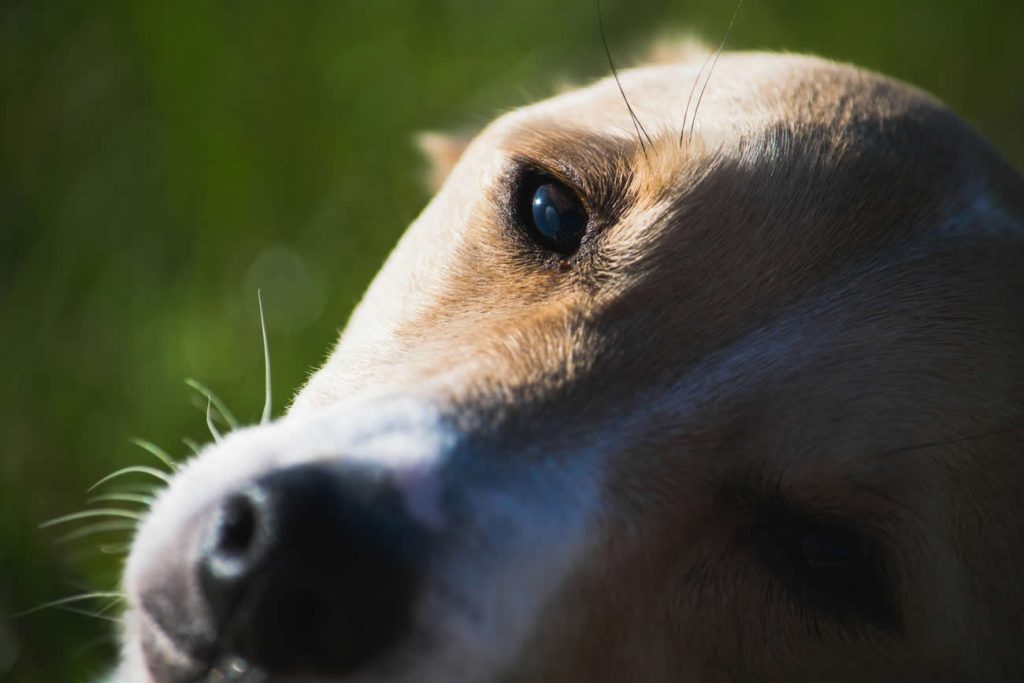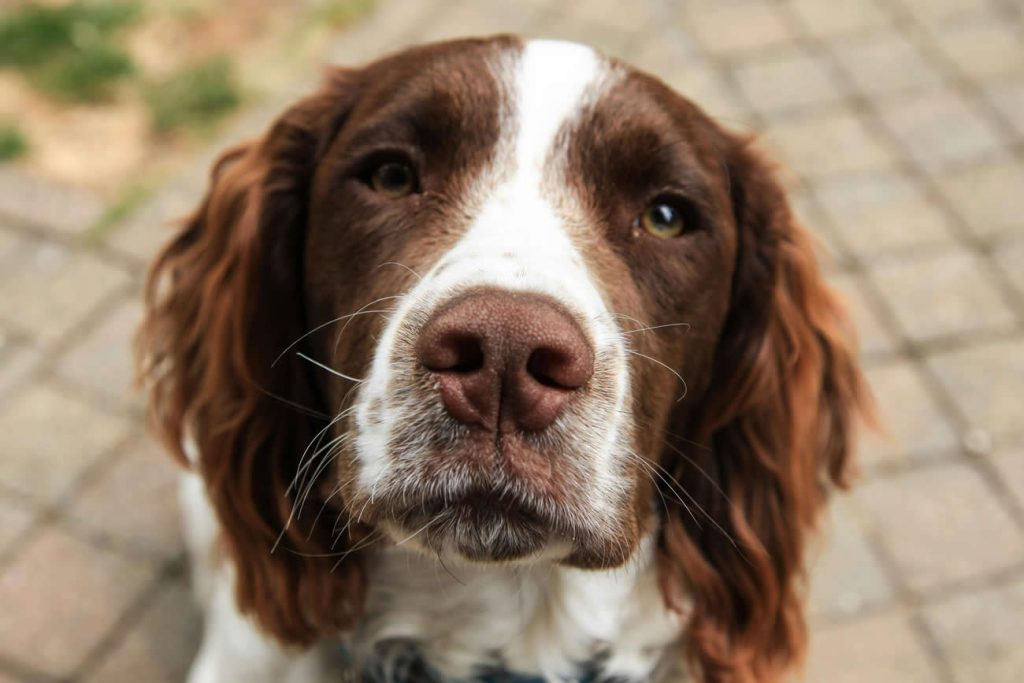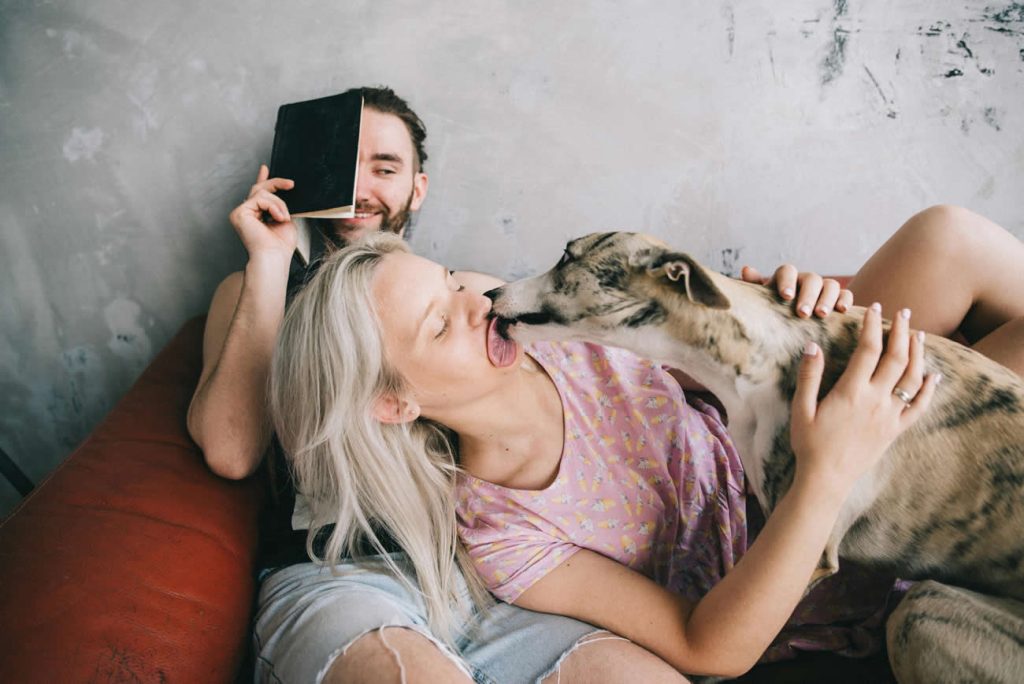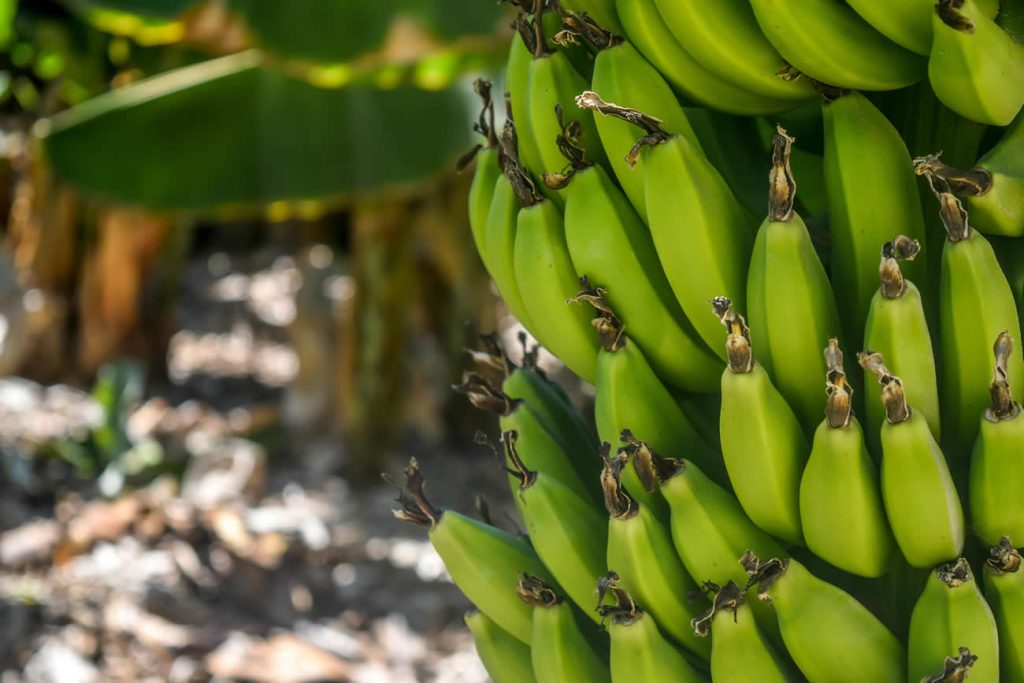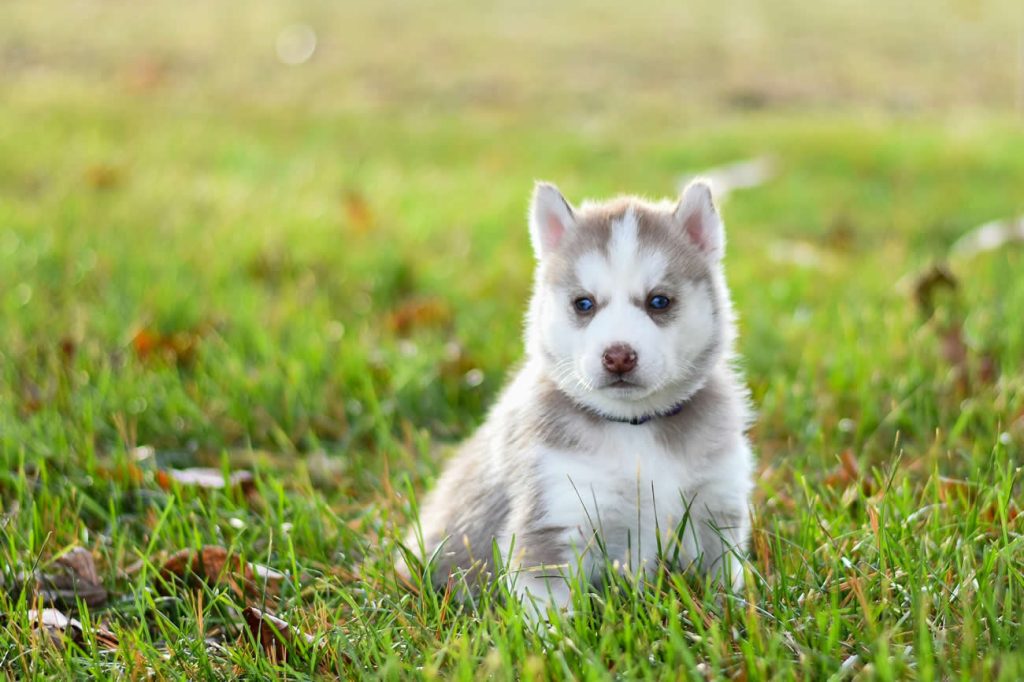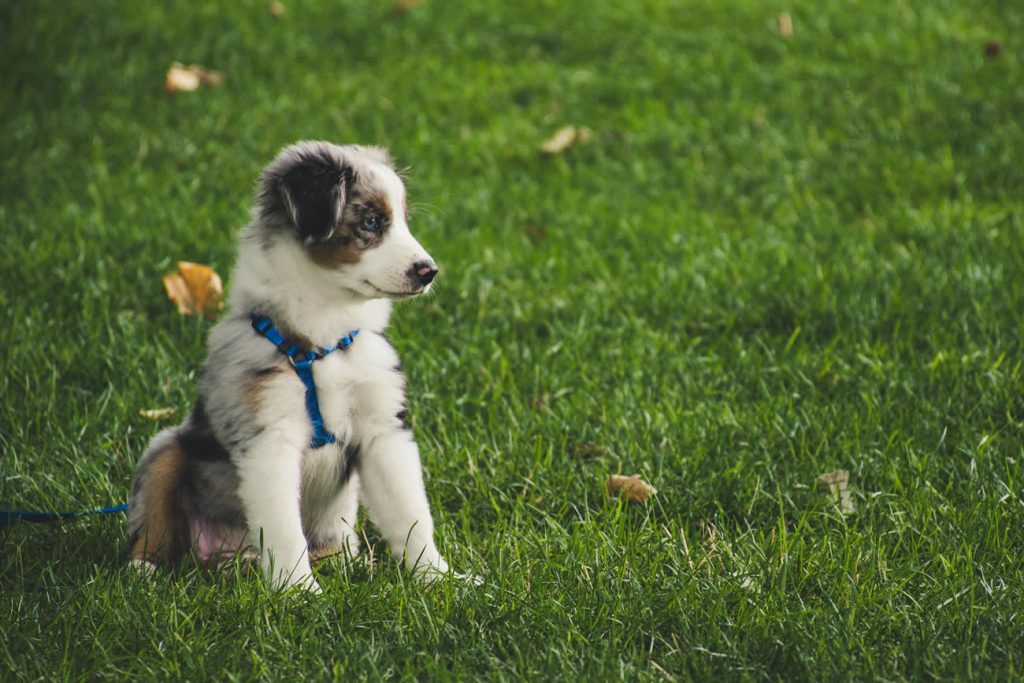You must have been happy when you first acquired a puppy and definitely desired to take it out into the world. Nevertheless, you should be careful when doing so because your dog’s health may not be strong enough to fight against all diseases outside.
When can I take my puppy outside? Follow the tips listed below to keep your puppy safe when going outside.
Use Extreme Caution until after Vaccinations
It is clear that many types of dangerous and even potentially deadly viruses, such as Distemper and Parvovirus, may be found in infected dogs. So, you should keep your puppy at home until it is strong enough.
This appears so careful, but in reality, your puppy is improving its immune system during this stage. Thus, the risk of catching dangerous diseases is very high. That is why you should keep your puppy in the comfort zone until it is mature enough to fight harmful factors.
For the above reasons, instead of allowing your dog to be exposed to other dogs immediately after the last vaccination booster – usually at the age of 14 – 16 weeks, you are advised to wait for another 1 – 2 weeks.
Arm Your Puppy
The first time when you take your puppy to the outside world, it is crucial to keep it safe and strong. Hence, you should hold it on your arm so that it can get acquainted with everything outside instead of letting it touch anything directly. In addition, doing so also makes the relationship between you and your puppy closer.
If you cannot carry it because of its enormous size or your personal condition, you may consider a stroller. If your house doesn’t have one, let’s ask your friends for one. Besides, you may also need a comfortable blanket or netting to protect your puppy from mosquitoes before strolling.
Be involved with your dog
Make sure that you not only help your puppy get used to new things but also make it happy when you go out with it.
To do this, you have to be involved and interact directly with your puppy with a friendly, confident, and cheerful attitude instead of just standing and watching it. Providing your puppy with some favourite toys may be helpful.
Have Some Furry Friends Over
It is important to mingle puppies with both people and other dogs. You can gradually socialise your dog at home, like you do with people.
Before allowing other dogs to meet your puppy, you should take into account some factors below:
- A visiting dog has to finish all its vaccinations.
- That dog hasn’t visited the dog park or vet recently because these places can harbour many potential parasites and germs.
- It has been controlled and trained fully.
- Its size is almost equal to your dog’s size.
- Its owner knows the puppy’s socialisation pretty well.
You need to manage every interaction between a visiting dog and your puppy to prevent unexpected fights. But some little plays are beneficial, too. Besides, you undoubtedly wish that your puppy could make friends with other dogs.
Visit places where there are not a lot of dogs
While socialising is necessary for a puppy, keeping it away from infectious diseases such as parvo is essential, too. According to the rule of thumb, you shouldn’t take it to places containing many unidentified dogs, such as pet stores or dog parks, until your puppy receives all vaccinations after 16 weeks.
Some simple methods to support pup socialisation are exposing the puppy to various surfaces and sounds, travelling by car, taking it to relatives’ and friends’ homes, and joining puppy classes.
Be Vigilant while your Dog Explores
It is entirely natural for your pup to discover unknown things outside. As usual, a dog intends to explore the world by collecting stuff with her or his mouth.
However, you should be careful to keep your puppy away from faeces from other animals or dogs. You also need to bring gifts for your pup, like meat or cheese, to attract its attention rapidly.
Talk to your vet
It is helpful to talk and listen to your puppy regularly. If an epidemic appears in the community of local wildlife, you should take more preventive measures if necessary. However, you don’t have to worry so much because your puppy is less likely to catch such diseases.
In general, your vet intends to take much more care of the risk of catching parvovirus instead of the possibility that a dog may bite a 2-year-old child. Therefore, he may not be responsible for that thing.
You should consider two cases thoroughly. The first is that if you let your Labrador puppy go outside, it may explore more things but is likely to catch parvovirus. Meanwhile, the second is to raise your puppy indoors until it receives complete vaccinations.
While this ensures your puppy’s safety, it has a risk of poor socialisation, insignificant progress in training as well as having less fun.
Socialise with Humans
You don’t have to wait 16 weeks to help your puppy with socialisation because it is almost impossible to transmit the disease from human to dog. So, you should create as many opportunities as possible to help it get used to the outside world by taking it wherever you go, if possible.
During the waiting time, before letting your dog experience new things outside, you can train it to do good habits like obedience.
Read Your Puppy’s Reactions
When a dog feels frightened or stressed, you can quickly notice signs such as cowering, whining/whimpering, flattened ears, tucked tail, and so on.
If you discover such reactions to new situations in your puppy, keep calm and let it get acquainted with them gradually. Relieve its mind and get it out of that situation wisely.
Progress in Stages
Let’s begin step by step, and don’t be so hurried. Instead of taking your dog to noisy places where many dogs are running everywhere, you should slowly let it get used to other dogs and the surrounding environment.
Therefore, it is suitable for the first time to meet one or two dogs and expose them to a place with less noise before strolling on a busy street.
Limit Exposure
Don’t try to force your little puppy to learn so many new things for a short time because it can’t handle all of them.
Accordingly, it is better to introduce a few new experiences in a single day so that your pup can learn and practice them. Besides, don’t forget to repeat previous lessons and make experiences more enjoyable for your pup.
Always Supervise Interactions
One method you shouldn’t apply to help your puppy with socialisation is the “sink-or-swim” method. You may make your puppy more frightened if you take it to a place and then leave it alone with all strangers and other dogs.
Although your puppy really wants to know more about the surrounding environment, it also really needs your presence there to bring the feeling of safety.
That you usually stay with it also helps improve the interaction between it and you, in particular, and people at large, as well as between it and other types of animals. You need to remember that it is suitable for your puppy to play but at a proper level.
At the same time, teaching your pup not to misbehave, such as barking or biting, is essential.
Our Final Say!
When can I take my puppy outside? It’s easily understandable if you expect to let your puppy out to see novelty things and talk and play with other puppies.
Anyway, try to create the best environment for your puppy to achieve engaging experiences.

